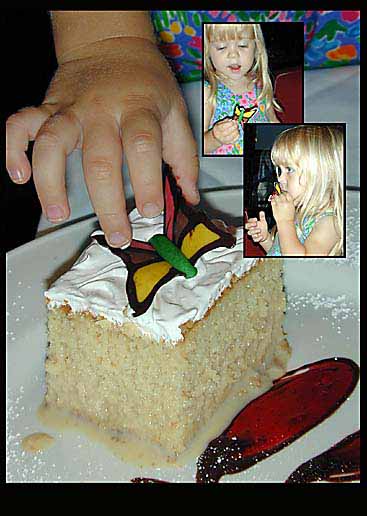| EVENT/ESSAY
Photo Communication assignment
© Marvin Bartel, inst.
1991, 93, 95, 96, 97, 98, 99
INTRODUCTION
Create a photo story about some event or on-going program in the community or on campus.
Review the first several chapters in the London/Upton 6th Edition text to be sure you feel comfortable about the way your camera operates and your lens focuses. Review zone focusing and depth of field described on pages 22-23. Page 367 shows serial images by Duane Michals. This is not a typical photo essay, but is another way to use a series of related photographs to tell as story. Page 357 shows a more traditional photo essay by W. Eugene Smith. Study several photo essays. Photo essays are found in many magazines such as National Geographic. School yearbooks often have page layouts made up of photo essays. Select any public daytime event or ongoing program. A few suggestions are: The Old Bag Factory, Piano Pedagogy on Campus, Big Sisters, Big Brothers, Mentors, Small Groups, Merry Lea Center, The College Kitchen, Studying in the Library, Mennonite Historical Library, The Archives, Friday Night Activities, The Big Date, Student Teaching, Field Work Assignments, Putting out the Record, The Electric Brew, South Side Soda Shop, The Olympia, Children's Violin Lessons, and Other. Check with the people involved before beginning. If you select a public event, watch the people. See how they stand, sit, gesture, interact, etc. Watch for interesting groupings. Notice the way people are spaced when they stand in line. Look for people intently watching something or struggling to see something. Can the camera frame both the spectators and the subject of their attention? Can point-of-view of the camera change to give more emphasis on the spectators in one shot and more on the subject of attention in another? Watch how people act around babies and note the visual cues to interactions between adults and youngsters. Look for visual cues indicating children enjoying themselves or children who are tired, bored, sad, etc. What are the visible signs of communication? Look for combinations of people and things such as a group of customers evaluating merchandise. Look for visual design such as repetition to create a strong pattern of lights and darks to add rhythm, motion, and impact to the scene? After touring the grounds and activities, zero-in on a particularly interesting area. There are many different kinds of visual stories at an event. Try to find a visual story that would need a minimum amount of text with the pictures to communicate the ideas in your story. Plan the story around a theme. "Buyers and Sellers," "Children at the Event," "The Quilt Sale," "The Antique Auction" or "Eating at the Event" Use 400 ASA unless you are sure all shots will be outdoors. In that case 100 ASA would also work. Generally, faster films are more light sensitive because their silver halide particles are larger. 100 ASA film is made with finer particles and therefor it is less grainy when enlarging, but 400 ASA is commonly used by photojournalist because of its versatility as very acceptable quality. Use what you've learned about, filling the frame, bracketing exposures, camera angle, depth of field, careful focusing, and so on. Include both tight close-up detail photos and compositions that give a complete setting. Write down what you do, recording the camera settings of each exposure. Print a minimum of 3 final prints, selecting them to tell a visual story with a theme. Include at least one 8 x 10 print. Consider using the best close up for the 8 x 10. Consider the best general scene for one of the smaller prints. Work for uniform tonality and contrast among the group of prints. Dust spots and other blemishes must be retouched. Review chapter 7 for printing. Retouch before mounting so that a print can be remade if spotting ruins it. Spotting is described on page 162 in text. The instructor will demonstrate this. Layout creates order from chaos. Asymmetrical arrangements are harder to organize than symmetrical ones, but they are generally more interesting. Make the total layout about the size of a two-page spread in a school yearbook. There will be a class presentation on some basic layout principles such as keeping internal margins equal, avoidance of trapped spaces, and simplification. Carefully mount the three prints as an attractive layout using dry mounting techniques with mat board or illustration board for backing. There will be a class demonstration showing the use of the dry mounting press. Be careful to avoid temperatures higher than 190 F for RC photo paper. This includes tacking iron temperatures. Topic or Theme Story and Style Film Making Exposures Printing Layout Click here for a list of criteria. All rights reserved: Goshen College students are authorized to print a copy for their own use. NO part of this document is may be published, NO class use (other than at Goshen College), and NO reproduction electronically or otherwise is permitted without the authorization by the author. For permission and authorization, please contact: marvinpb@goshen.edu back to Assignments updated 8-99
|
